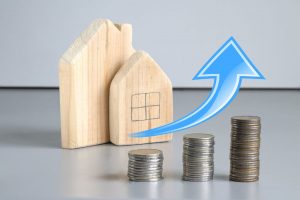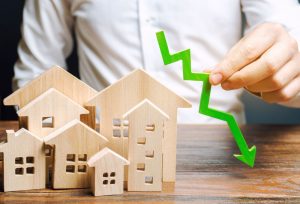Having the ability to respond to the unexpected and provide additional transparency to buyers and sellers alike during the most important part of the process is just one way to create a bit of calm in the storm for a market already facing anxiety at every turn.
2020 saw a boom in refinance loans but also ultimately produced an alarming lack of housing inventory, prompting a real estate forecast for 2021 that suggests the market could soon be facing an increased demand for housing from millions of what the industry calls “missing households.”
A Zillow report from late last year cites about 5.7 million of these households, which represent people who historically would have moved into their own homes by now, but who have been unable or unwilling to do so. Theoretically, this should keep housing demand high for many years to come as the market catches up, but the compounded effect of multiple factors has depressed affordability and access to credit, fostering a “home again” or a “home still” generation. Interestingly, the profile of those who have returned home contradicts the norm of those urgently leaving home permanently by a certain age, but the expected extension of record-low interest rates should help to create a better path to home ownership.
One very important distinction to make when looking at the increased demand for housing is the distinction between that increased demand and the inventory available to meet it. In some cases, the combination of favorable lending conditions and the steep reduction in inventory will create a rise in housing demand, causing price inflation. Beyond that, there’s also the issue of affordability and access to credit. The longer these missing households go without participating in home ownership, the harder it will be to afford to buy a home, especially when home prices continue to appreciate. The pandemic has added more pressure to this evolution with the increase in unemployment and underemployment, so even when the market starts to see an increase in housing inventory, the potential shortage of qualified buyers could present a serious challenge.
On the other side of this equation, housing asset owners like investors, banks and individual sellers will have to hold inventory longer. In most cases, that is inconsistent with their business model, and when pandemic-related forbearance ends, there will be many homeowners who might be unable to make their back mortgage payments. Without instruments like a structured loan modification program, as we saw in the late 2000s, the market can expect a significant increase in the default arena or at least a higher risk of defaults. Couple this with the latest extension of the forbearance requirements, we could see a larger than average number of mortgage defaults toward the end of 2021 into 2022.
As we look ahead further into 2021, the dependencies associated with exiting the pandemic – improving earning power, reducing affordability barriers and an economic recovery – are all interwoven with creating a more stable housing market. Housing demand changes will be directly correlated to a post-pandemic return to economic stability, which must include the recovery of multiple industries impacted by the pandemic, as well as growth within our sectors along with favorable lending conditions. Because so many companies were negatively impacted, especially smaller businesses, fewer potential buyers will have the desired profile, but when those things improve, we expect another wave of home buying. This level of complexity is something relatively new in terms of how the housing market usually looks at bouncing back – just one of many long-term effects of the pandemic, but one that can be navigated with the right level of knowledge and preparation.







